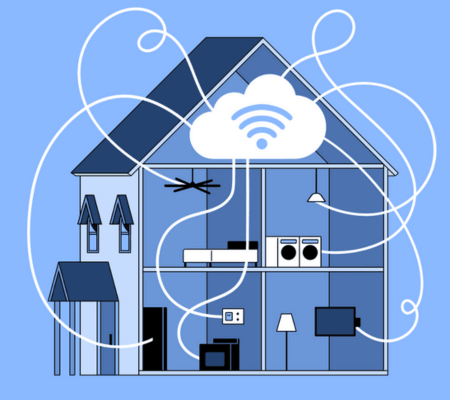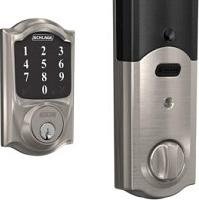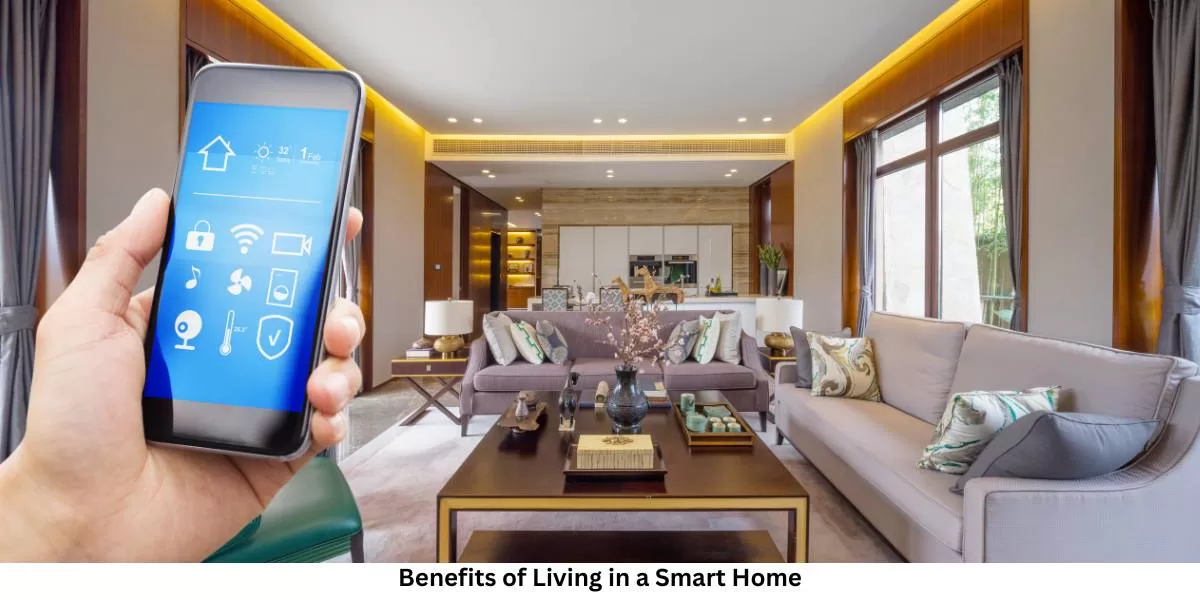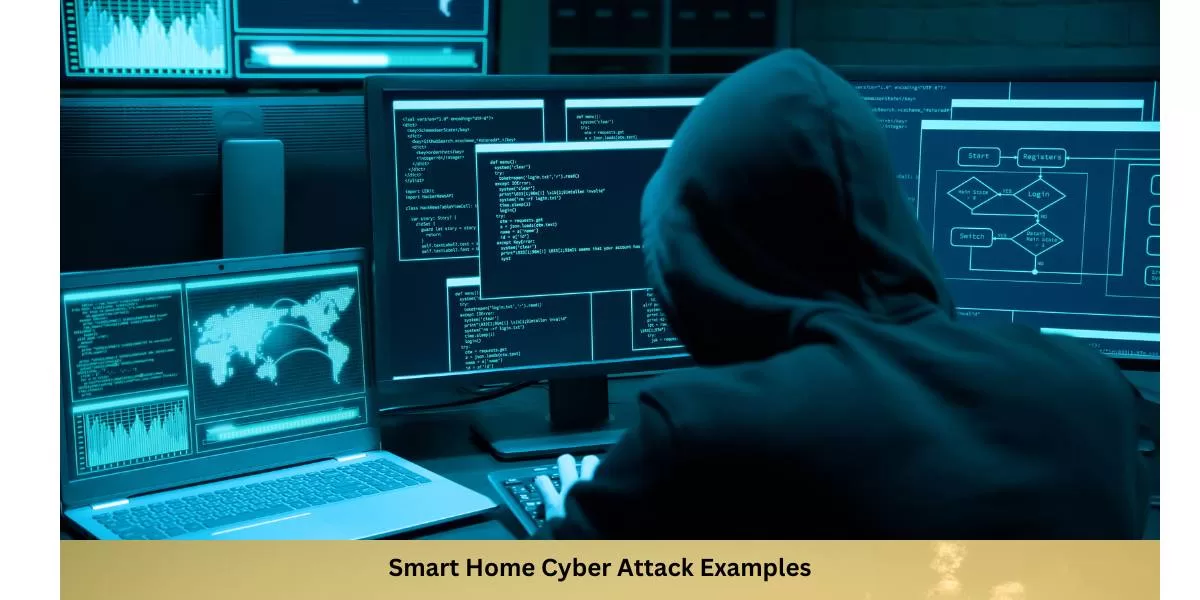Welcome to the future where homes are getting smarter and technology is seamlessly integrated into our everyday lives. Imagine controlling your lights, thermostat, security system, and even your coffee maker with a voice command or a tap on your smartphone. It sounds like something out of a science fiction movie, but it’s becoming more and more common in today’s world.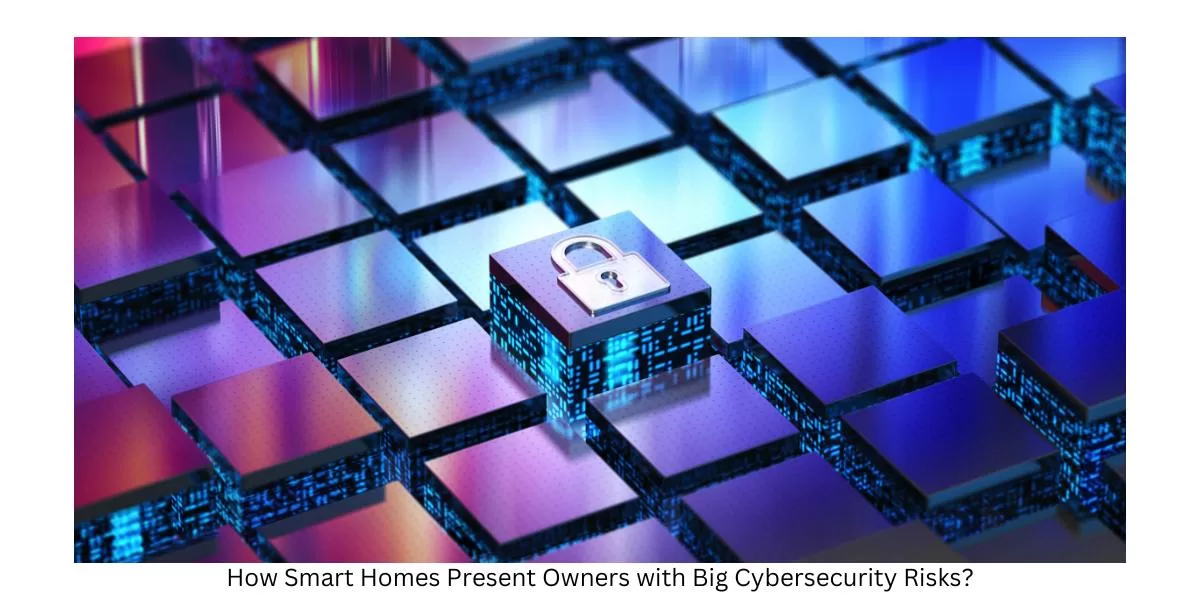
Table of Contents
ToggleSmart Homes Present Owners with Big Cybersecurity Risks
Smart homes have revolutionized our lives, offering convenience, comfort, and efficiency like never before. But along with these amazing benefits comes a dark side that many homeowners may not be aware of – cybersecurity risks. While smart home technology promises to make our lives easier, it also opens up new opportunities for hackers and cybercriminals to infiltrate our private spaces.
This blog post will explore the potential dangers of smart home technology and provide valuable tips on protecting your home from cyber attacks. So buckle up as we delve into the fascinating world of smart homes and uncover the hidden risks that come with them!
Related: What are the advantages of using a smart home compared to a house?
What is a Smart Home?
What exactly is a smart home, you may ask? It’s essentially a residence equipped with devices and appliances connected to the internet and can be controlled remotely. These devices communicate with each other through wireless technology, creating an interconnected network within your home.
You’re at work and suddenly forget to turn off the lights or lock the front door. With a smart home setup, you can open an app on your phone and take care of these tasks from miles away. It’s like having a personal assistant who never sleeps!
But it doesn’t stop there. Smart homes go beyond basic remote control capabilities. They also offer features like voice command integration, where you can use virtual assistants like Alexa or Google Assistant to control various aspects of your home just by speaking.
Moreover, smart homes often include sensors that detect different rooms’ motion, temperature changes, or air quality levels. Intelligent systems then analyze this data to optimize energy usage and adjust accordingly – making our homes more energy-efficient while saving us money on utility bills.
A smart home is all about convenience, efficiency, and improved quality of life.
It’s about harnessing technology to make our daily routines easier and our living spaces more comfortable. But as we dive deeper into this world of connectivity, it’s crucial not to overlook the potential risks that come hand-in-hand with these advancements.
So, let’s explore the darker side of smart homes and understand how cybersecurity is vital
in keeping our sanctuaries safe from digital threats.
Benefits of Living in a Smart Home
Living in a smart home offers numerous benefits that can greatly enhance your daily life. One of the key advantages is convenience. With smart technology, you can control various aspects of your home with just a few smartphone taps or voice commands. Imagine being able to adjust the thermostat, turn off lights, and lock doors from anywhere in the world!
Smart homes also provide improved energy efficiency. By automating systems such as lighting and heating, you can optimize their usage based on occupancy or time of day, resulting in significant energy savings. This not only helps reduce your environmental footprint but also lowers utility bills.
Check out: Google Smart Home Bundle with Camera
Another advantage is enhanced security. Smart home devices like surveillance cameras and doorbell cameras allow you to monitor and protect your property remotely. You can receive real-time alerts about suspicious activity and even communicate with visitors at your front door when you’re away.
In addition to convenience and security, living in a smart home fosters better connectivity between devices within the household. Through integration platforms like Amazon Alexa or Google Assistant, different devices can communicate with each other seamlessly, allowing for more efficient automation.
Furthermore, smart homes offer improved accessibility for individuals with disabilities or limited mobility. Voice-controlled assistants enable hands-free operation of various household tasks, making living independently easier for those with physical challenges.
The benefits of living in a smart home are undeniable – increased convenience, energy efficiency improvements, enhanced security measures – all designed to make our lives easier and more comfortable while providing peace of mind, knowing our homes are safe even when we’re not there.
The Dangers of Smart Home Technology
Smart home technology has undoubtedly made our lives more convenient and comfortable. These devices have revolutionized how we interact with our homes, from voice-activated assistants to automated security systems. However, the numerous benefits come with significant cybersecurity risks that should not be overlooked.
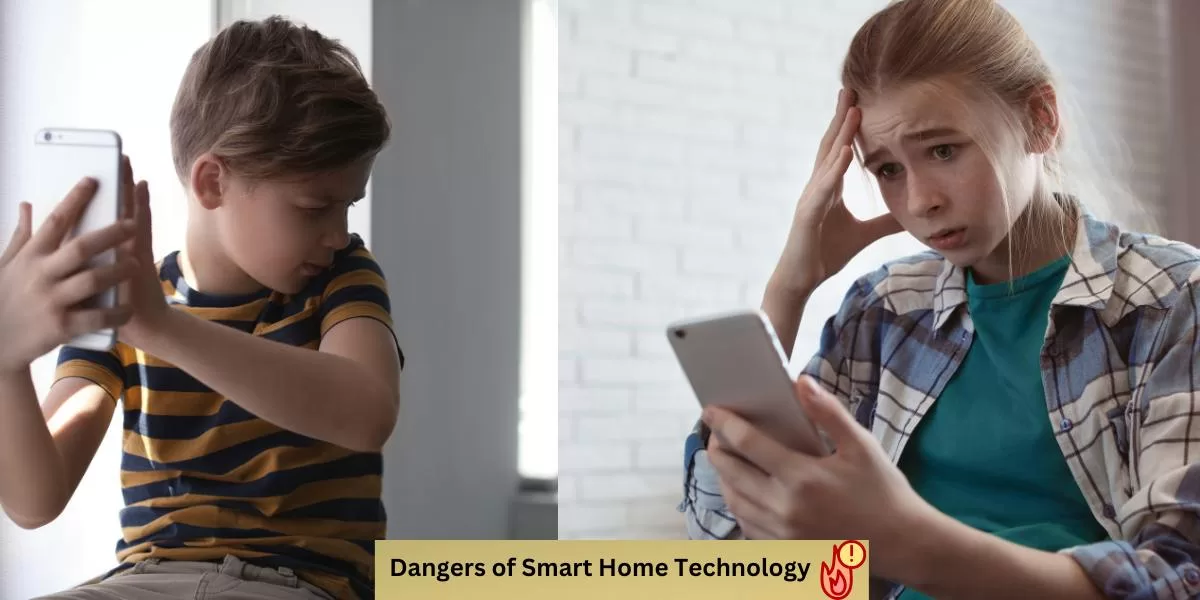
One major concern is smart home privacy. With increasing number of connected devices in our homes, hackers have more opportunities to access sensitive information. Imagine a cybercriminal gaining control over your smart camera or microphone – they could invade your privacy and spy on your daily activities without realizing it!
Another vulnerability is that many smart home devices lack proper security measures. Manufacturers are often more focused on functionality rather than ensuring robust protection against cyber threats. This leaves loopholes that hackers can exploit, leading to unauthorized access or even remote control of your smart home system.
In addition, there have been instances where smart home devices have been hacked and used as entry points into larger networks. Once inside a vulnerable device like a thermostat or refrigerator, hackers can easily find their way into other interconnected systems such as computers or smartphones.
Furthermore, research has shown that some popular smart home products have serious security flaws that put users at risk. These vulnerabilities range from weak passwords to unencrypted data transmission, making it easier for attackers to compromise these systems.
While it’s essential to acknowledge these dangers, it doesn’t mean you need to abandon the idea of having a smart home altogether! In fact, by taking certain precautions and implementing good cybersecurity practices, you can significantly reduce the risks associated with this technology.
Stay tuned for our next blog post, where we will provide practical tips on protecting your smart home from cyber attacks while still enjoying all its conveniences!
Examples of Cybersecurity Risks for Smart Homes
Smart homes have revolutionized our lives, allowing us to control various aspects of our homes with just a few taps on our smartphones. However, this convenience comes at a price – the risk of cybersecurity breaches. Let’s explore some real-life examples of the cybersecurity risks that smart homes can face.

One major concern is unauthorized access to smart home devices. Hackers can exploit vulnerabilities in these devices and gain control over them remotely. They could unlock doors, disable security systems, or manipulate connected appliances.
Another example is the potential for hackers to eavesdrop on conversations through voice-activated assistants like Amazon Echo or Google Home. These devices always listen for commands and may inadvertently record private conversations without your knowledge or consent.
Moreover, compromised Wi-Fi networks pose a significant threat to smart homes. If an attacker gains access to your network, they can infiltrate all connected devices within your home and potentially steal sensitive information such as passwords or financial data.
Additionally, insecure mobile apps used to control smart home devices can also be targeted by hackers. Weak encryption methods or poor app security practices can expose personal information or allow unauthorized control over your smart home system.
It’s important to note that these examples are not meant to deter you from embracing smart home technology but highlight the need for robust cybersecurity measures in this digital era. You can minimize the risks of using these innovative technologies by proactively protecting your smart home devices and following best practices such as regularly updating firmware and using strong passwords.
Tips for Protecting Your Smart Home from Cyber Attacks
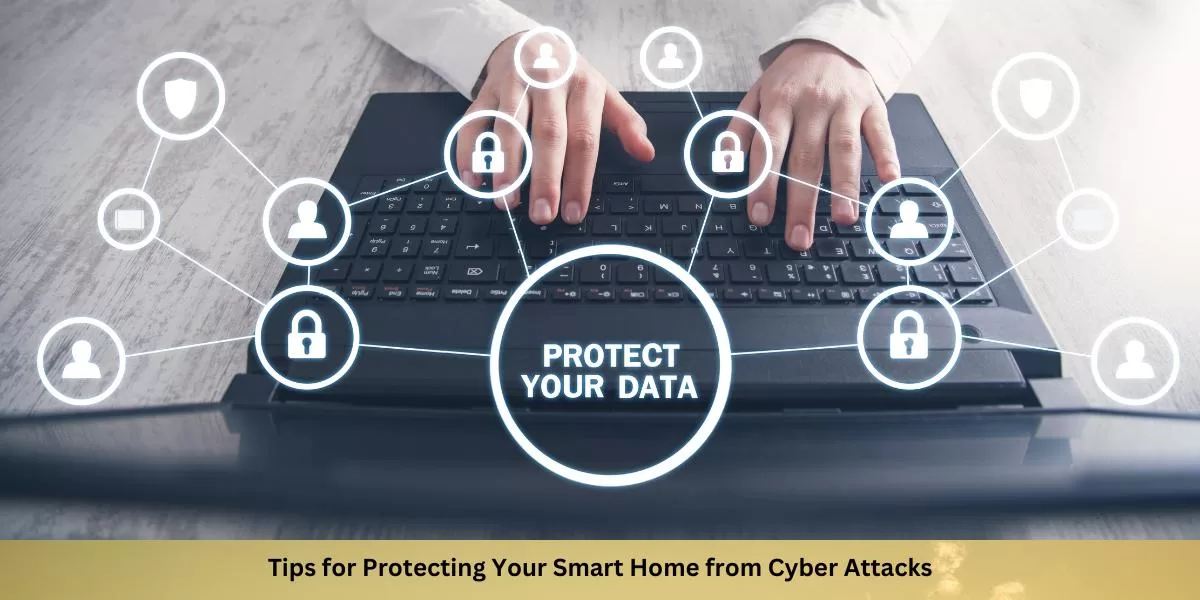
1. Update your devices regularly:
One of the simplest yet most effective ways to protect your smart home from cyber attacks is by keeping all your devices updated with the latest software patches and firmware updates. Manufacturers often release these updates to fix security vulnerabilities, so it’s crucial not to ignore them.
2. Secure your Wi-Fi network:
Your home’s Wi-Fi network is a gateway for potential hackers to gain access to your smart devices. Ensure you have a strong and unique password for your Wi-Fi router, and consider enabling additional security measures such as WPA3 encryption or MAC address filtering.
3. Use strong, unique passwords:
It may seem obvious, but weak or easily guessable passwords can leave your smart home vulnerable to cyber attacks. Ensure each device has a different strong password consisting of a combination of letters (lowercase and uppercase), numbers, and special characters.
4. Enable two-factor authentication:
Two-factor authentication adds an extra layer of security by requiring you to provide an additional verification method, such as a fingerprint or code sent via SMS, when logging into your smart home system or accessing sensitive information.
5. Be cautious with third-party apps and devices:
Before downloading third-party apps or connecting new devices to your smart home ecosystem, thoroughly research their security track record and ensure they come from reputable sources.
6. Segment your network:
Consider creating separate networks for different types of devices within your smart home setup. This way, even if one device is compromised in one segment, it won’t necessarily grant access to other network parts.
7. Disable unnecessary features:
Not every feature provided by smart home devices may be essential for you; some may even pose unnecessary risks due to potential vulnerabilities they introduce. Review the settings on each device carefully and disable any features that aren’t necessary or could compromise security.
How Smart Homes Present Owners with Big Cybersecurity Risks?
Smart Home Cyber Attack Examples
Imagine waking up one morning to find your entire house locked by a mysterious hacker. Lights flickering on and off, security cameras capturing eerie footage of someone you’ve never seen before roaming freely through your living room – like a scene from a sci-fi movie turned nightmare. This chilling scenario became all too real for countless individuals who fell victim to the infamous Mirai botnet attack back in 2016.
But wait, there’s more! Picture yourself relaxing on the couch while streaming your favorite show when suddenly, without warning or consent, your TV starts blaring horrifying noises accompanied by disturbing images. That was precisely the unsettling experience those targeted during the LG Smart TV hack of 2013 faced.
Now brace yourself for another spine-tingling tale: The story of unsuspecting homeowners discovering their baby monitors had been compromised. Can you imagine anything more terrifying than hearing an unfamiliar voice cooing at your infant through what should be a secure device meant solely for nurturing care?
These hair-raising anecdotes only scratch the surface of the potential cybersecurity risks lurking within our smart homes. As technology becomes increasingly intertwined with every aspect of our lives, it is crucial to remain vigilant against these unseen threats that threaten our privacy, safety, and well-being.

